You think to be positioned at the net means duty attack at all costs, regardless of the position? Let us guide you so that your tactic à la volée or, perfect.
Reaching the net may seem quite simple, but the most complicated thing is to stay there until the point falls into our hands. Getting lobbed or countered happens so quickly that a few tips for maintaining the net would be welcome, right?
So here is the context. You are at the net and you have just played a volley or a bandeja ; the point continues, you win it, well done. But if on the contrary you are countered, sent back to the bottom or put under pressure without any means of reaction without you understanding why there is a problem. Assuming that our position at the net can evolve, here are three keys that could help you.
"It's good I'm going!"
This is what everyone wants and manages to do quite easily. You have just made a bandeja or a volley that bounces off your opponents' back glass, and you feel it's not that easy for them to negotiate. Come a little closer to the net, not glued, but slightly in front of the position you are used to in order to shorten the travel time of the ball and thus put a little more pressure, which may allow you to then finish.
No hurry
These will be the most balls you will have to negotiate especially with the volley. You are in your net zone and the balls you play are “normal”. You work the balls, these do not allow the opponents to go on the attack but they are not at bay either. They make you volley, play high balls, but you never have the opportunity to try anything. So you wait. You keep the same position, you play simple so as not to give any counter-attack options, and wait for the moment when you can say “it's good I'm going”.
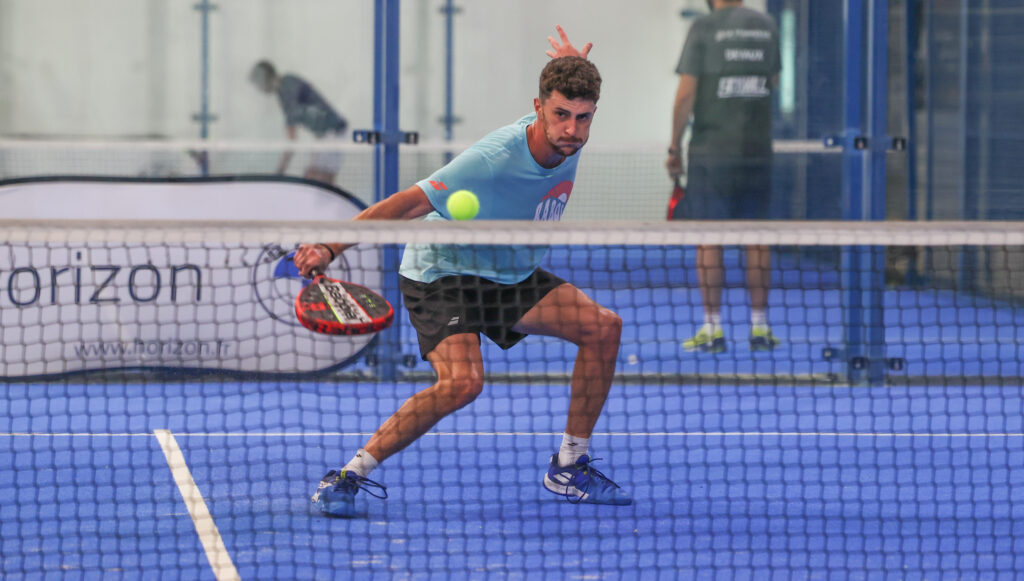
"It does not smell good !"
Here you realize that either your volley or your bandeja is not played well. A bad zone or a rebound too high will allow opponents to attack you with a lob, a chiquita, a fast ball to the body, you will understand, impossible to know in advance. The concern is that if you stay in the same place or come forward, you are at high risk of being cheated because the angles and the percentage of free/covered track will be unfavorable to you. So, after taking this information, take a step back, no more, which will allow you to reach most of the balls, to negotiate them better, and surely not to lose the net because this is where we want to stay to win the point.
This is an important game tactic but not easy to master for beginner players. Important because it asks you to pay attention to your blows as well as to those of your partner. If you follow good balls, stay in position when nothing is clear, and step back when you don't like your shot, your padel at the net will evolve, and fast. Let's go!
Julien Bondia is a teacher of padel in Tenerife (Spain). Columnist and advisor, he helps you play better through his tutorials and tactical/technical articles padel.




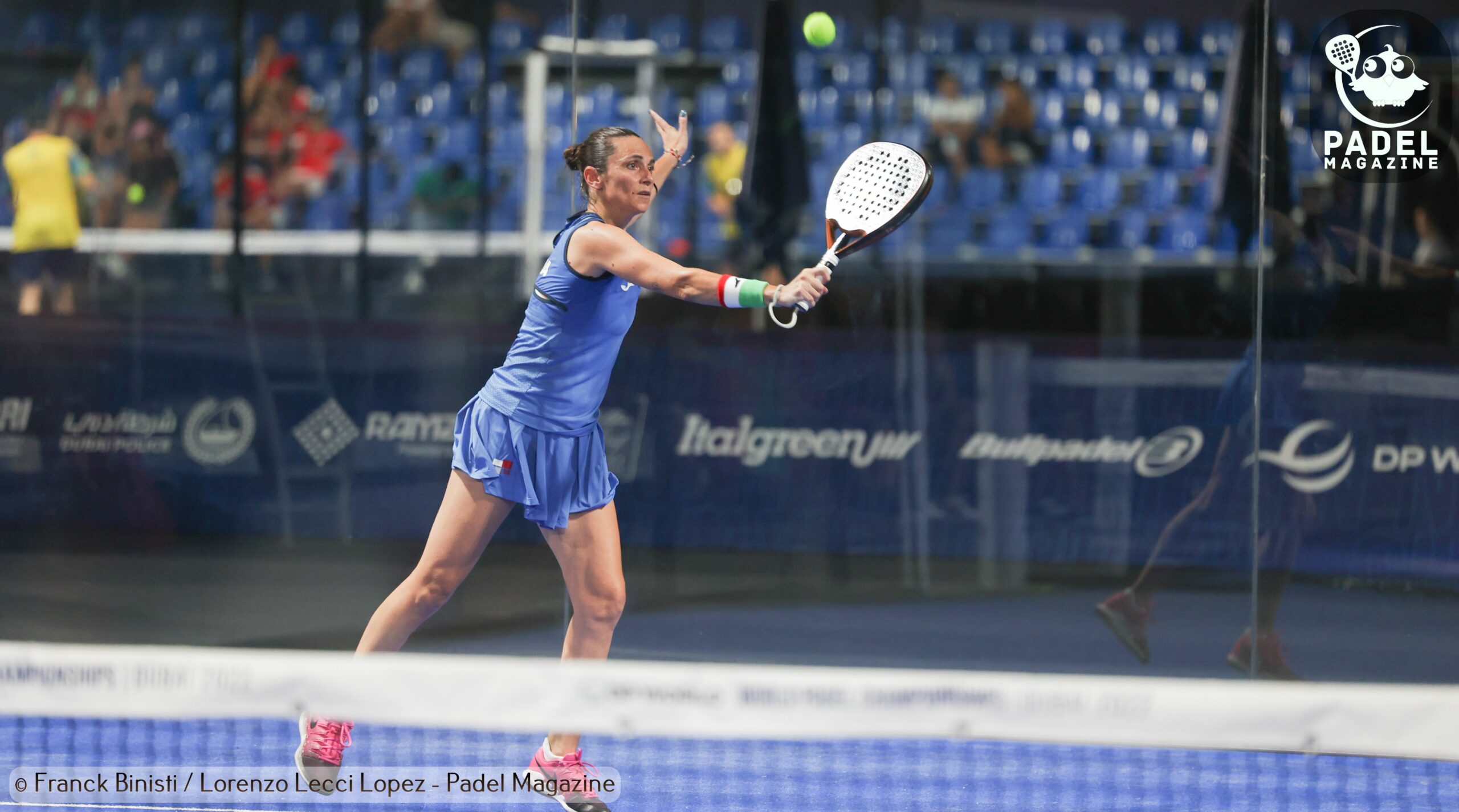
































































































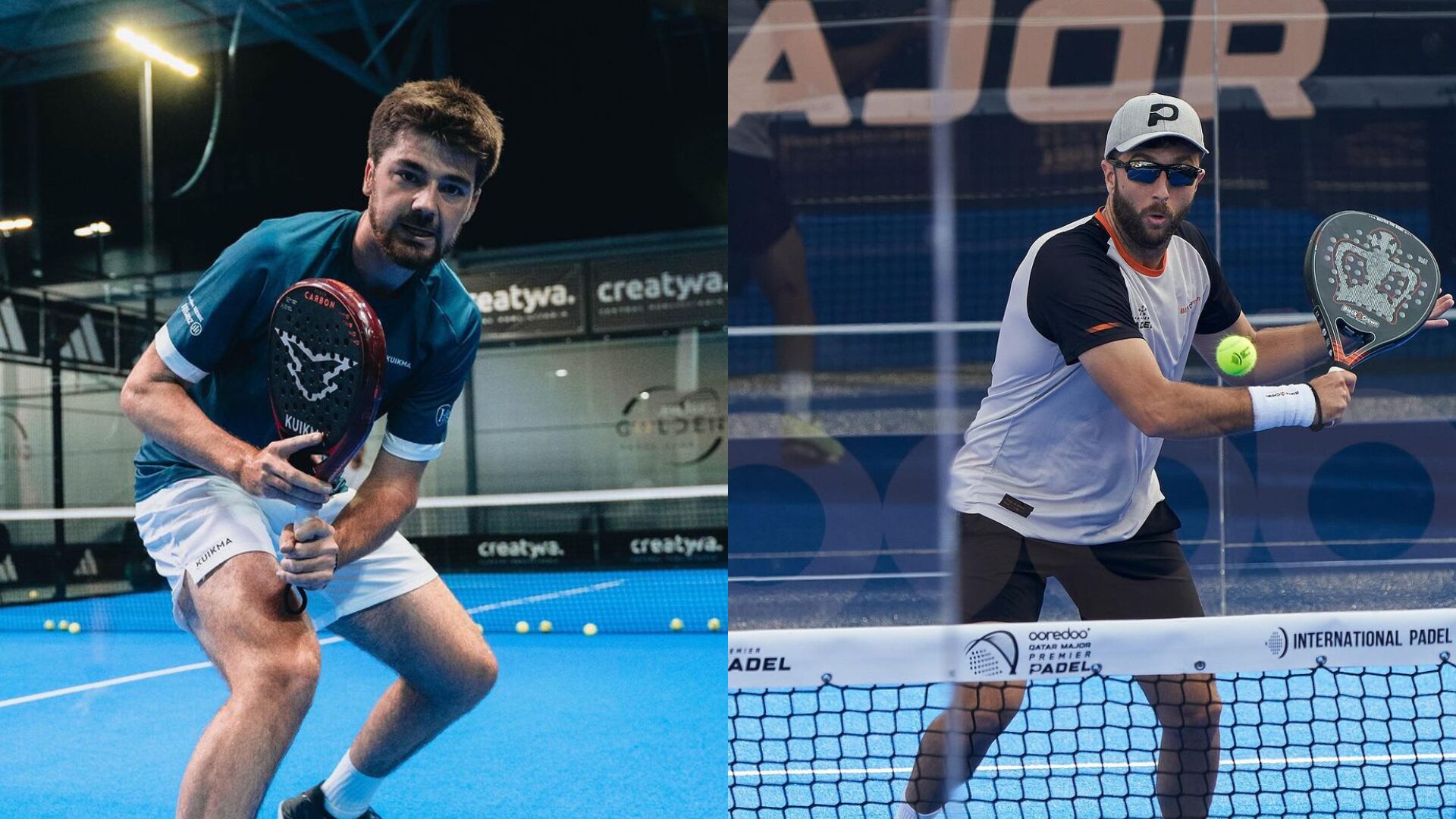 Premier Padel Sevilla P2 – From the waiting list to previas for Dylan Guichard and Ricardo Martinez!
Premier Padel Sevilla P2 – From the waiting list to previas for Dylan Guichard and Ricardo Martinez!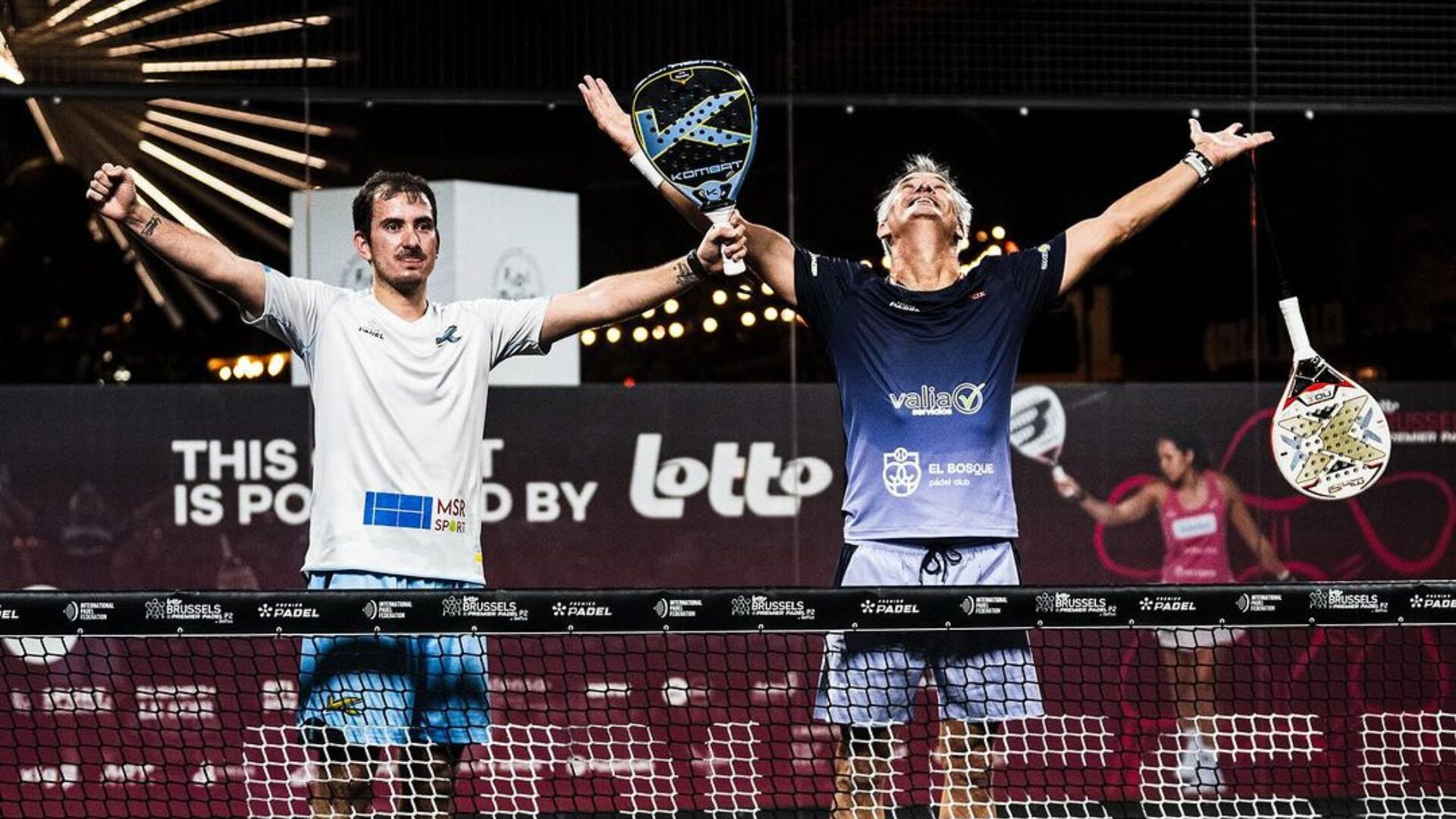 Miguel Lamperti: three tie-breaks and a return to the quarter-finals!
Miguel Lamperti: three tie-breaks and a return to the quarter-finals!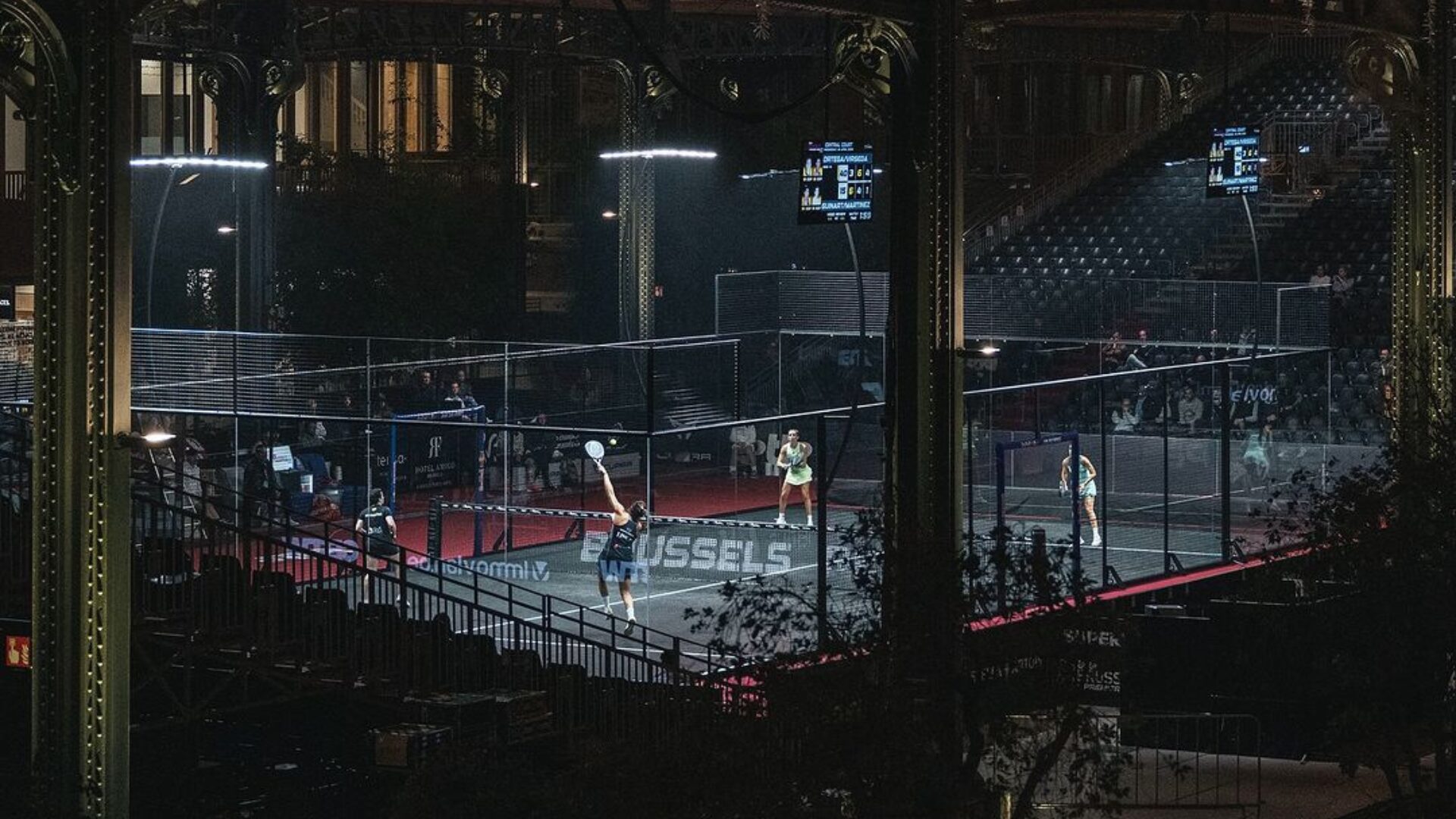 Premier Padel Brussels P2 – Place for the quarter-finals
Premier Padel Brussels P2 – Place for the quarter-finals Guillaume Codron de Sud Padel : “A family project”
Guillaume Codron de Sud Padel : “A family project” Nallé Grinda: “Democratize the padel in the USA with PadelX "
Nallé Grinda: “Democratize the padel in the USA with PadelX " Simon Boissé: “We know that there are two nations in front of us”
Simon Boissé: “We know that there are two nations in front of us” Marie Maligo: “This period of frequent changes of partners was beneficial for me”
Marie Maligo: “This period of frequent changes of partners was beneficial for me” Gilles Moretton: “We will be able to put the padel at the level of tennis”
Gilles Moretton: “We will be able to put the padel at the level of tennis” Two P1000 doubled prize money approaching!
Two P1000 doubled prize money approaching! José Manuel Escin at the inauguration of Casa Padel DOS: “Finally, and thank you!”
José Manuel Escin at the inauguration of Casa Padel DOS: “Finally, and thank you!”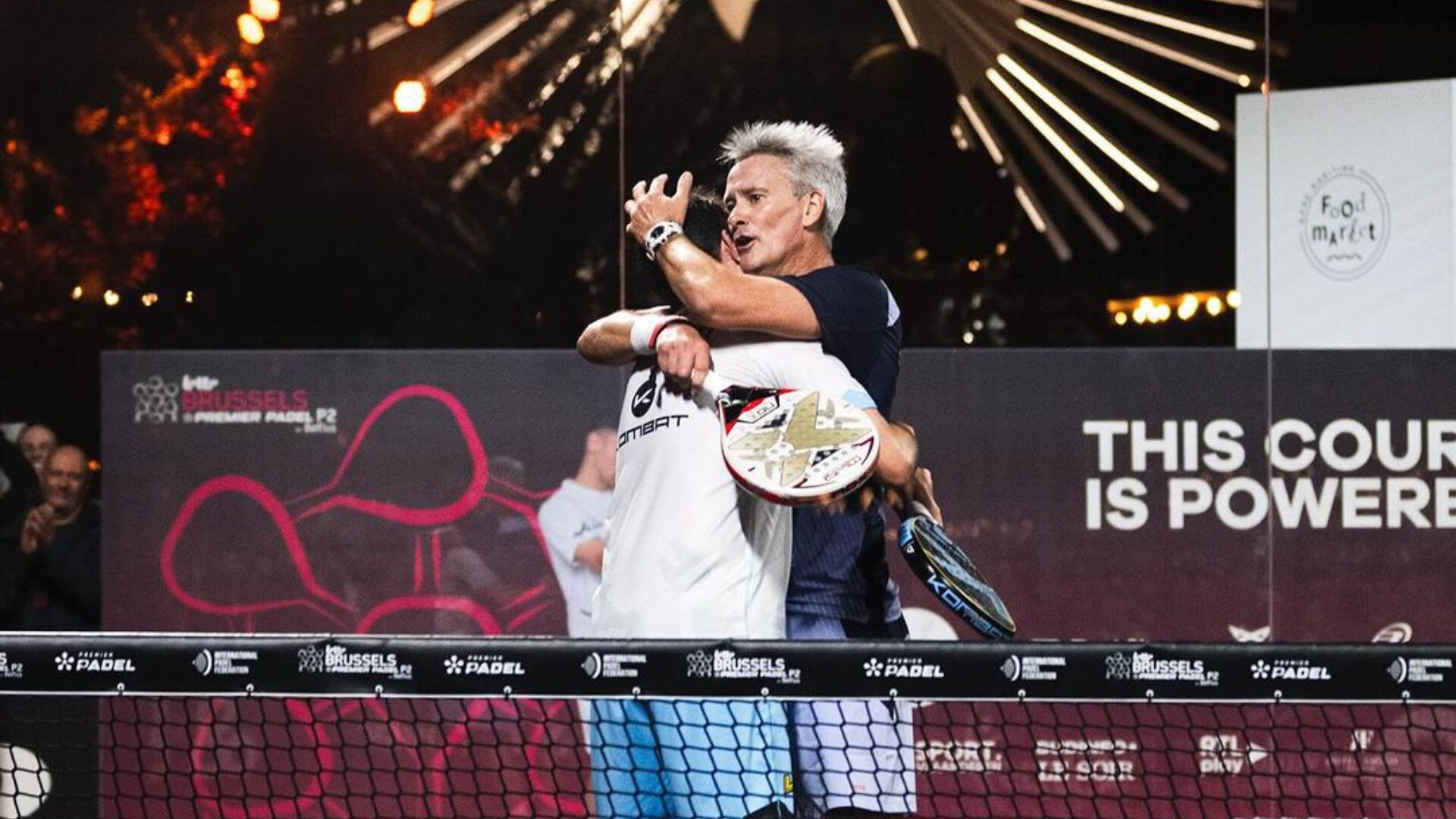 Big evening in Brussels with two seeded players on the mat, heckled number 1s…
Big evening in Brussels with two seeded players on the mat, heckled number 1s…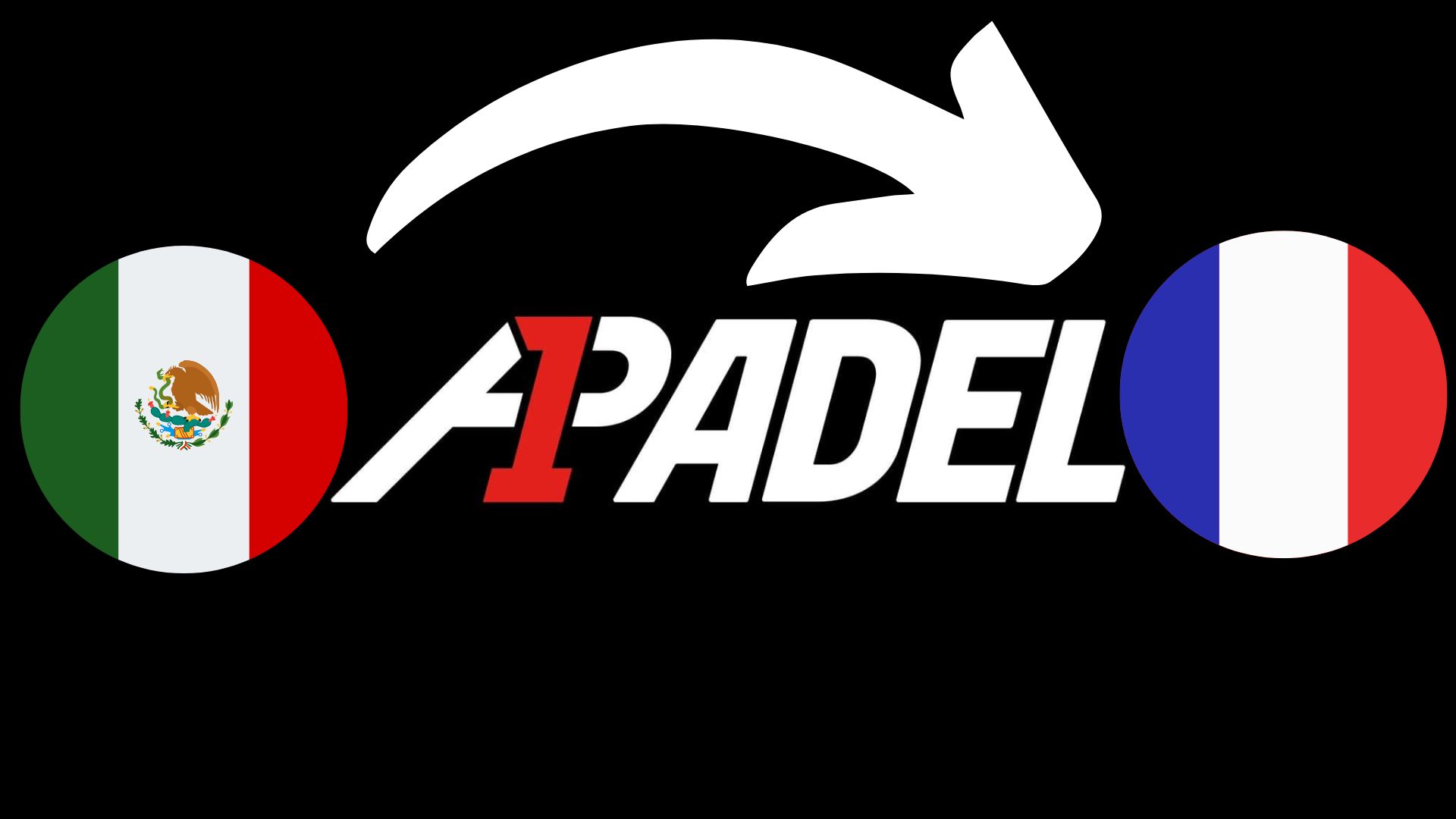 A1 Padel – the French Open replaces the Mexican Open on the calendar
A1 Padel – the French Open replaces the Mexican Open on the calendar 4 Fiberglass Padel Courts for The Ville de Paris: a choice that looks to the future
4 Fiberglass Padel Courts for The Ville de Paris: a choice that looks to the future Brussels Premier Padel Brussels P2 – Collombon / Bidahorria falls against Brea / Gonzalez
Brussels Premier Padel Brussels P2 – Collombon / Bidahorria falls against Brea / Gonzalez Padel Score comes to Tahiti for American Express Padel Cup!
Padel Score comes to Tahiti for American Express Padel Cup! Do you know the Rafa Nadal Academy Tour?
Do you know the Rafa Nadal Academy Tour? Play at padel on his yacht? Possible for €233.000!
Play at padel on his yacht? Possible for €233.000! Our Top 10 training courses padel in France and Europe
Our Top 10 training courses padel in France and Europe At the heart of padel – Episode 25: Paul and Andoni answer your questions
At the heart of padel – Episode 25: Paul and Andoni answer your questions Tactical padel – What to do when faced with players who systematically stay at the bottom?
Tactical padel – What to do when faced with players who systematically stay at the bottom? The basic tactics of padel
The basic tactics of padel At the heart of padel – Episode 25: Paul and Andoni answer your questions
At the heart of padel – Episode 25: Paul and Andoni answer your questions At the heart of padel – Episode 23: defend the window well
At the heart of padel – Episode 23: defend the window well Prohibition on playing topless Padel : the reasons
Prohibition on playing topless Padel : the reasons FIP Tour – Going far from Europe, THE strategy to earn points!
FIP Tour – Going far from Europe, THE strategy to earn points! What is a good football player? padel ?
What is a good football player? padel ? “Lefties give me headaches when I play against them!”
“Lefties give me headaches when I play against them!” At the heart of padel – Episode 14: how to earn points in winter?
At the heart of padel – Episode 14: how to earn points in winter? A par 4 is always a winner...even if you manage to defend it!
A par 4 is always a winner...even if you manage to defend it! Carbon fiber VS fiberglass: what to choose?
Carbon fiber VS fiberglass: what to choose? How to effectively test a racket padel ?
How to effectively test a racket padel ? La padel to fight Parkinson's disease
La padel to fight Parkinson's disease Don't play with a cracked or broken racket, your body will thank you!
Don't play with a cracked or broken racket, your body will thank you! Michel Cymes: “The padel, physically, it’s serious!”
Michel Cymes: “The padel, physically, it’s serious!” Jeremy Gala: “Promote the padel among young people in Belgium remains a challenge”
Jeremy Gala: “Promote the padel among young people in Belgium remains a challenge” The French Touch Academy organizes its selection day Padel-Study
The French Touch Academy organizes its selection day Padel-Study Report on the detection and training of younger generations
Report on the detection and training of younger generations